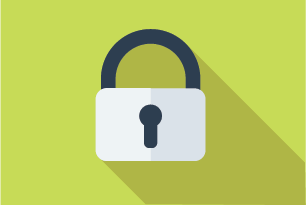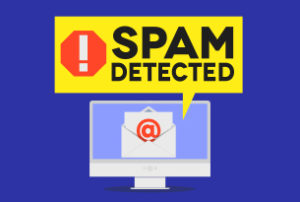Every organization owns intellectual property: in fact, this recorded knowledge is often key evidence of expertise, capability, and fit. So if it is that valuable, how do you protect it from being stolen?
Before answering that question, it is useful to distinguish between content that you want to be widely distributed, and content that is being sold.
Widely distributed content – blog posts and whitepapers for example – give prospective clients an opportunity to taste the chocolate before buying the box.
Here’s how to protect this content:
- Include a byline (“by Randall Craig”) at the top.
- Include a mini-bio at the bottom.
- Include a copyright statement and usage permissions at the very bottom of the page. An example:Copyright © 2013 Randall Craig, all rights reserved. Permission is granted to reprint all or part of this document, as long as the byline and bio are included in its entirety.
- For videos, superimpose your name and source URL over the video at key points – during the middle and at the end.
- Set up Google Alerts on key phrases, to monitor for usage and abuse.
For purchased digital products, these steps are necessary, but not sufficient. Here is more:
- Embed copyright and friendly do not share messages throughout the document: On a cover page, page footers, and if appropriate, embedded within the text itself. For exceptionally high-value intellectual property (IP), consider customizing the document to include the purchaser’s name.
- Consider password-protecting the document. While it will discourage casual piracy, it will also create a higher cost of support, as frustrated users will contact you with password requests.
- Use an e-commerce system that “encodes” the download links so that the link expires after one click. Better yet, sell your content through a third party rights-protected ecosystem, such as Amazon, Kindle, Apple’s iBookstore, Kobo and Nook. The”closed” nature of these systems are designed to protect against IP theft.
- Instead of sending IP “out”, provide access to the content on the cloud, behind a password-protected paywall. So long as the password is keyed to a credit card, it likely won’t get shared. Bonus: Set up your system to allow the user to invite-and-pay-for-others to access the information with their own unique password.
- Create and release slightly different versions of the same content. While this may work best only for high-value items, it provides a mechanism to trace back to the source of the showing.
- Consider using specialized monitoring services, like copyscape.com, to identify additional unauthorized usage.
Finally, what to do upon discovering that your IP has been stolen? Three options:
- Ignore: The time and dollar cost of going after the perpetrator must be balanced against the value of sales lost. There is also the possibility that widespread distribution of your IP – even if illegal – may actually improve awareness of your products or services and ultimately lead to increased sales.
- Send a friendly request: Much of the time, sites posting unauthorized copies of your IP will remove them upon formal notification. Consider instead asking them to post an excerpt with in-built links to purchase the full version.
- Legal action: Unless you have very deep pockets and significant extra time on your hands, this option is usually a very last resort. Sometimes a formal letter from your lawyer – a threat of legal action – is enough.
This week’s action plan: How are you protecting your IP? Take an inventory, then assess how you can better protect your digital cargo.











